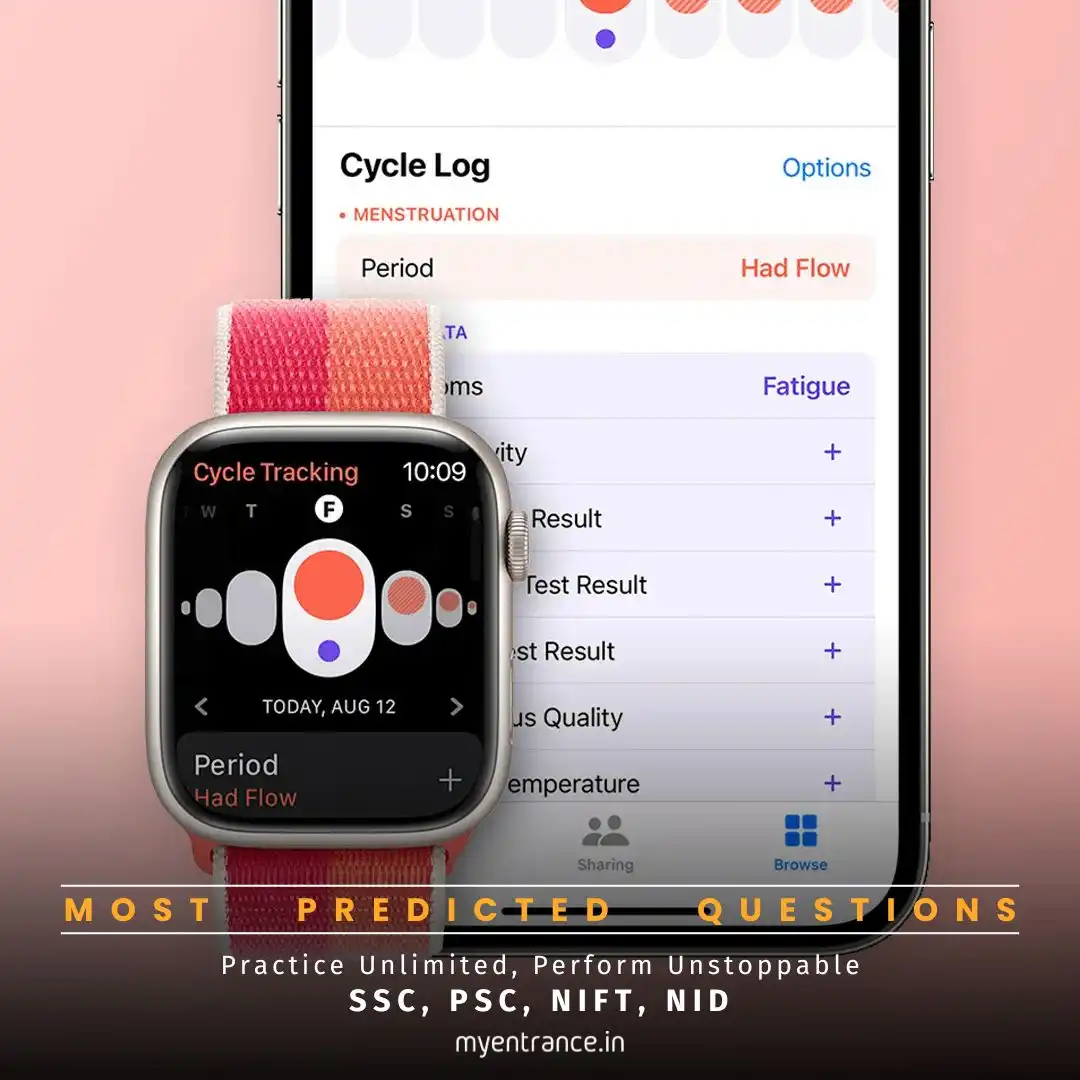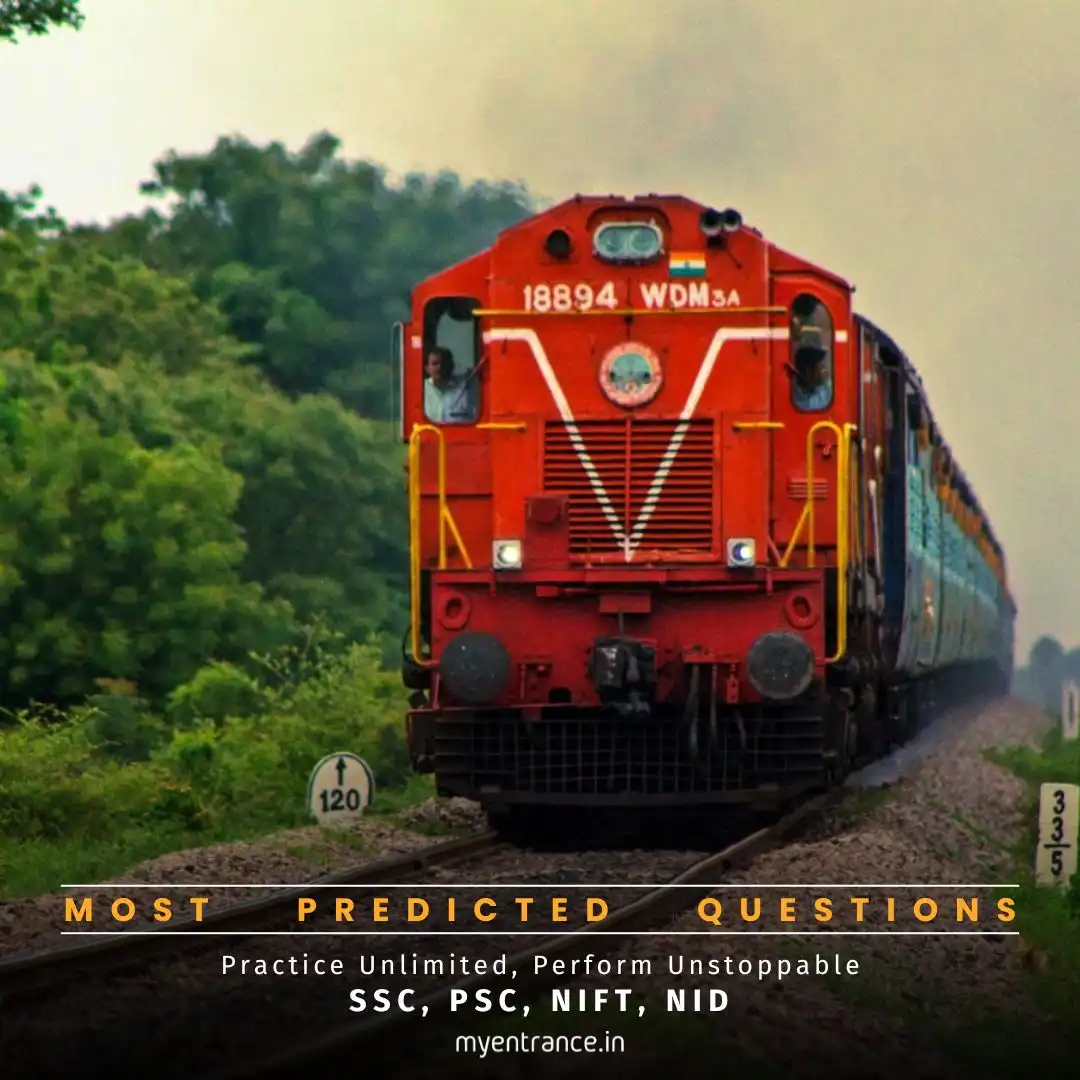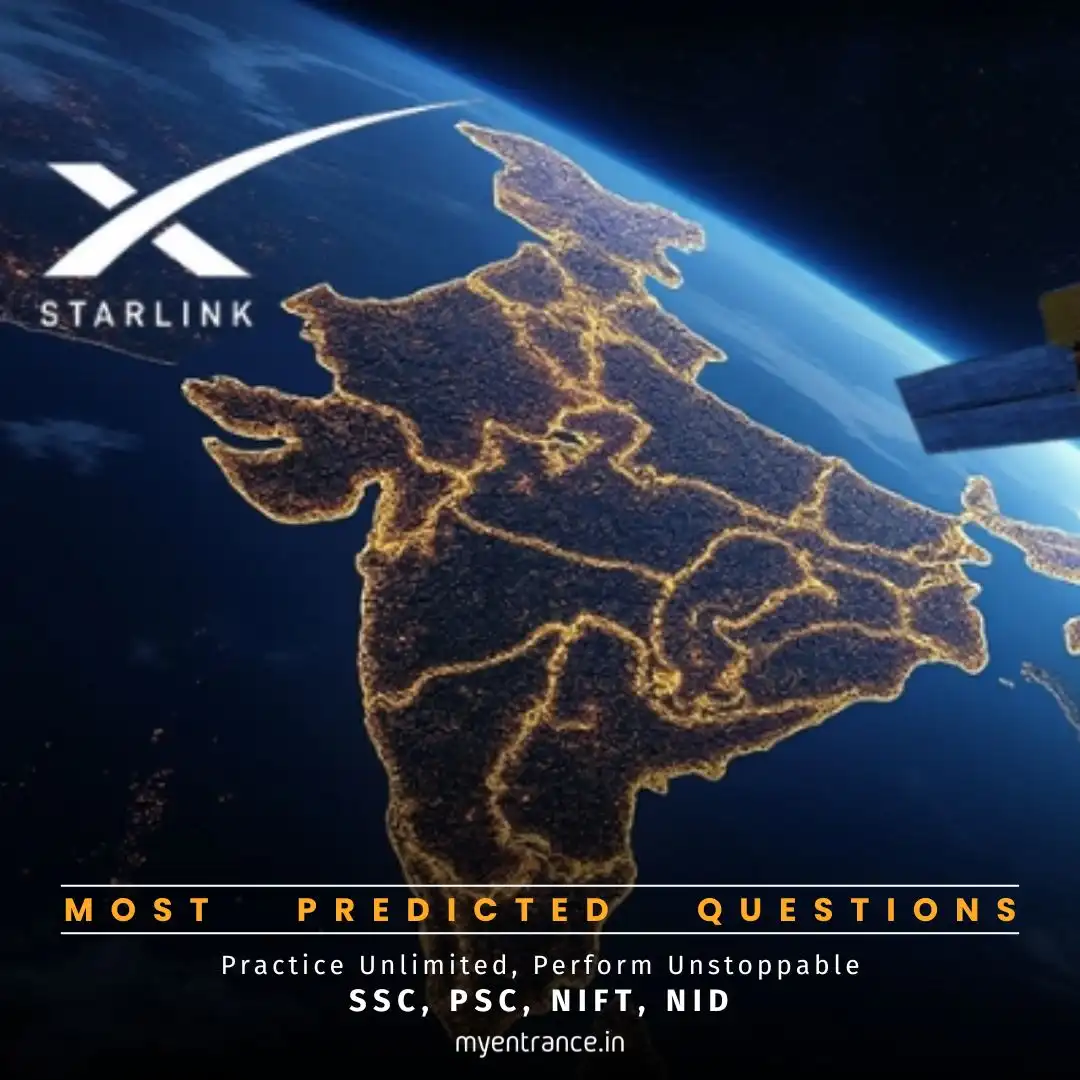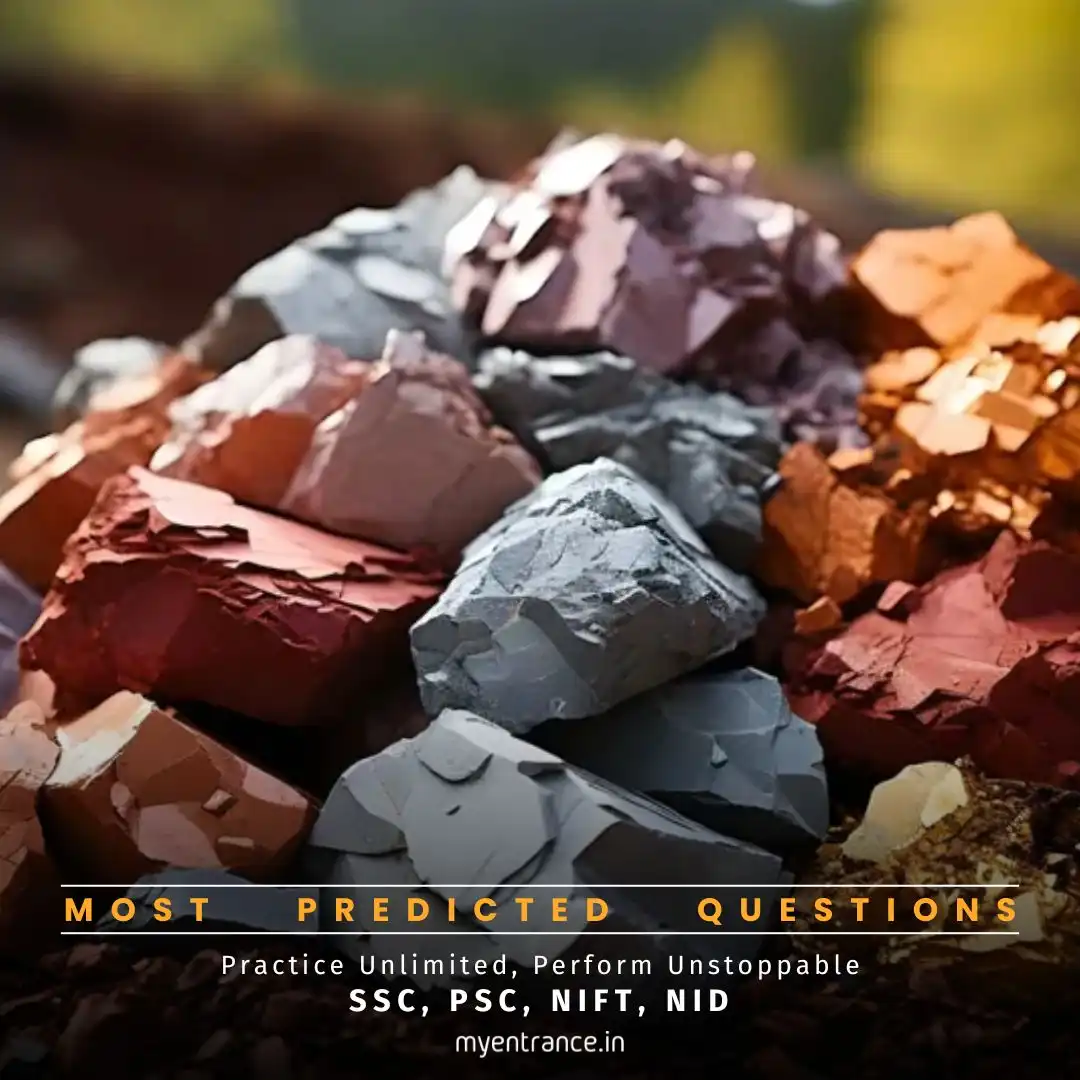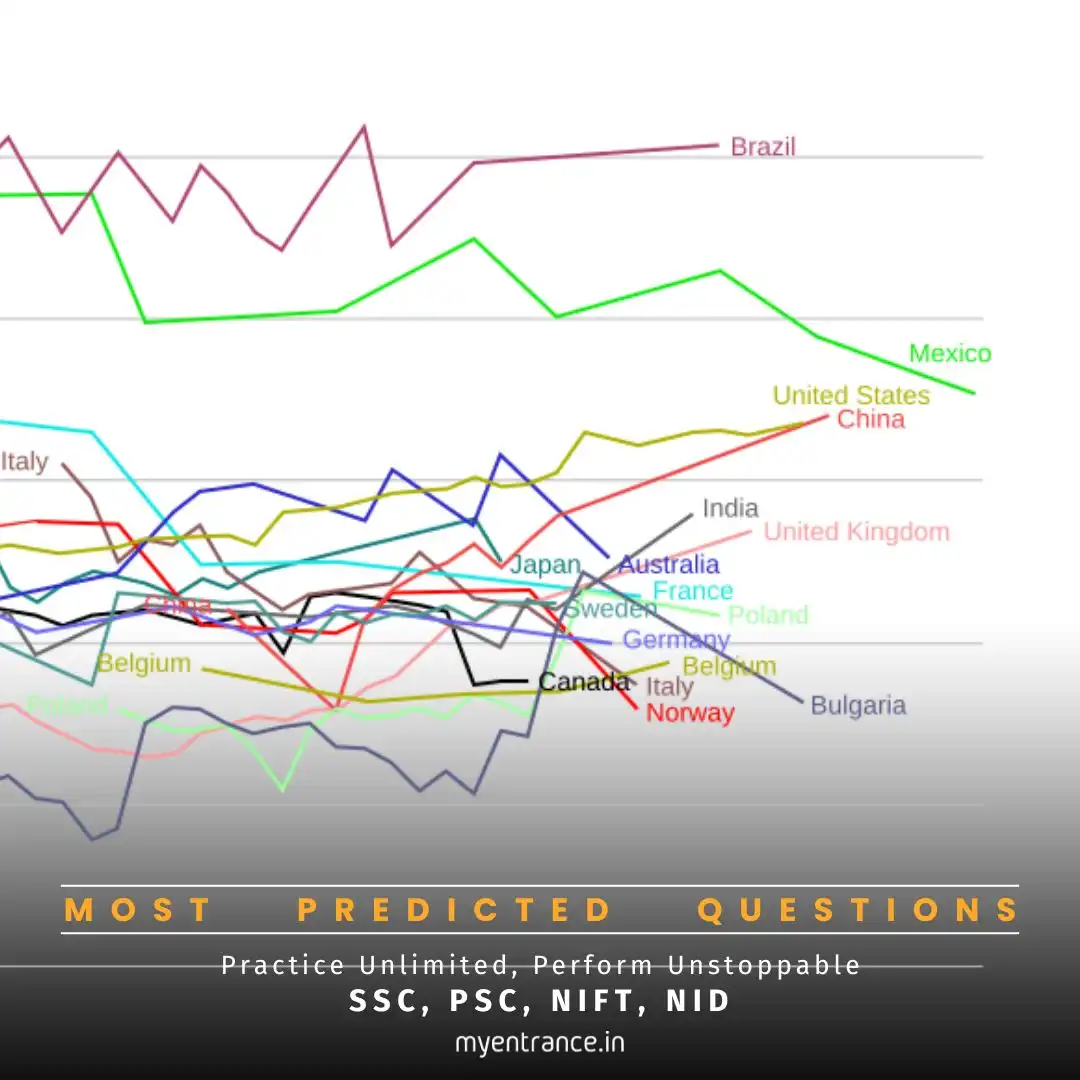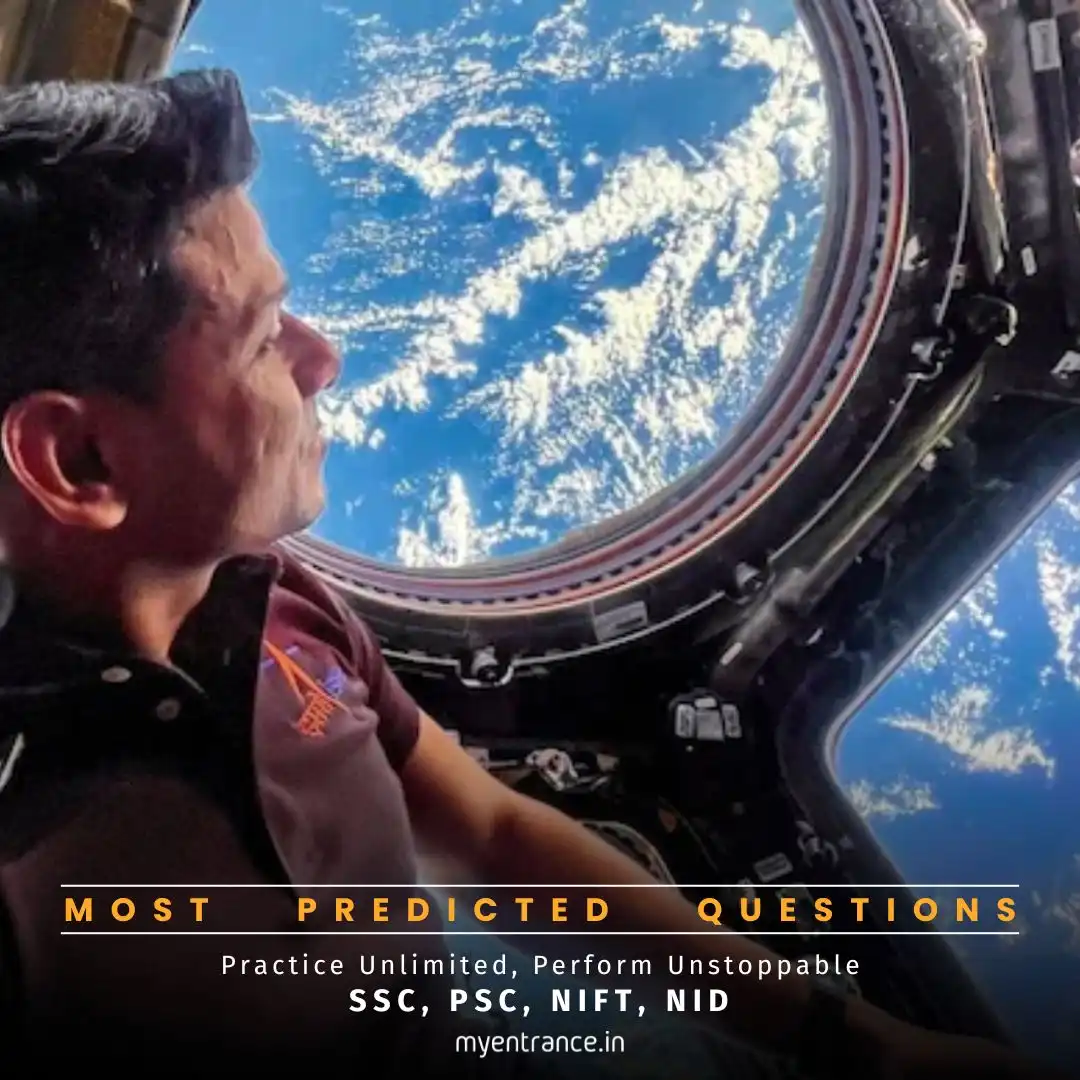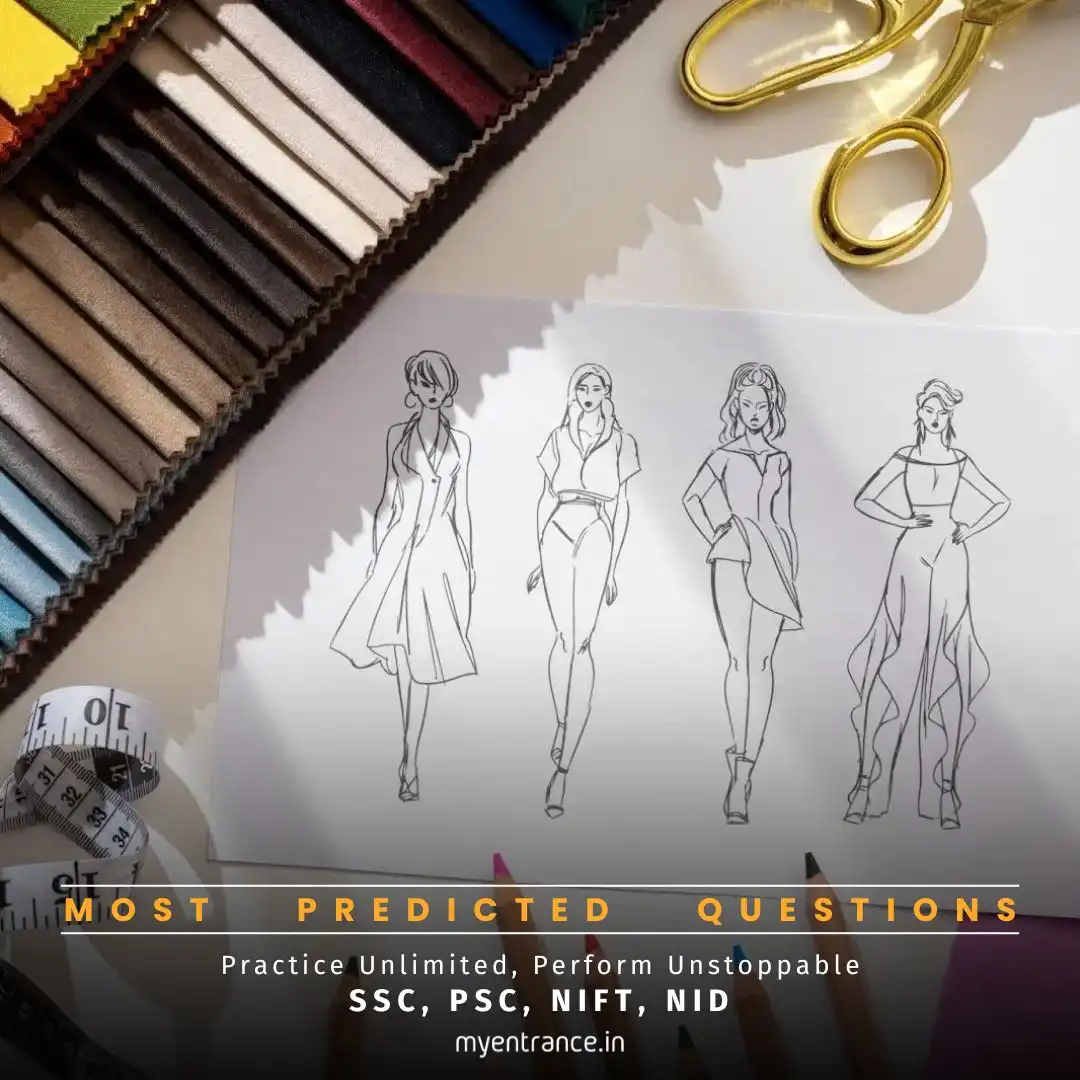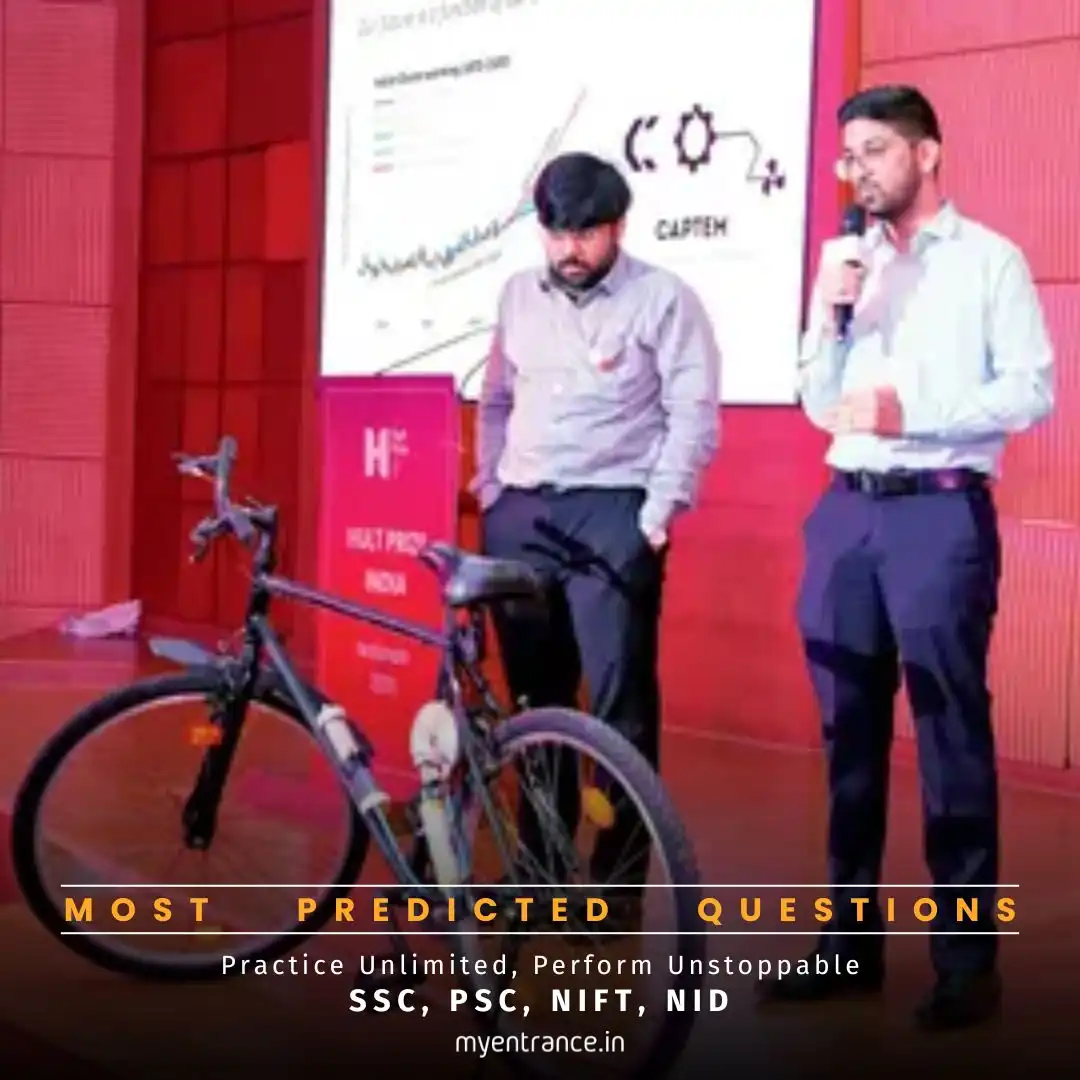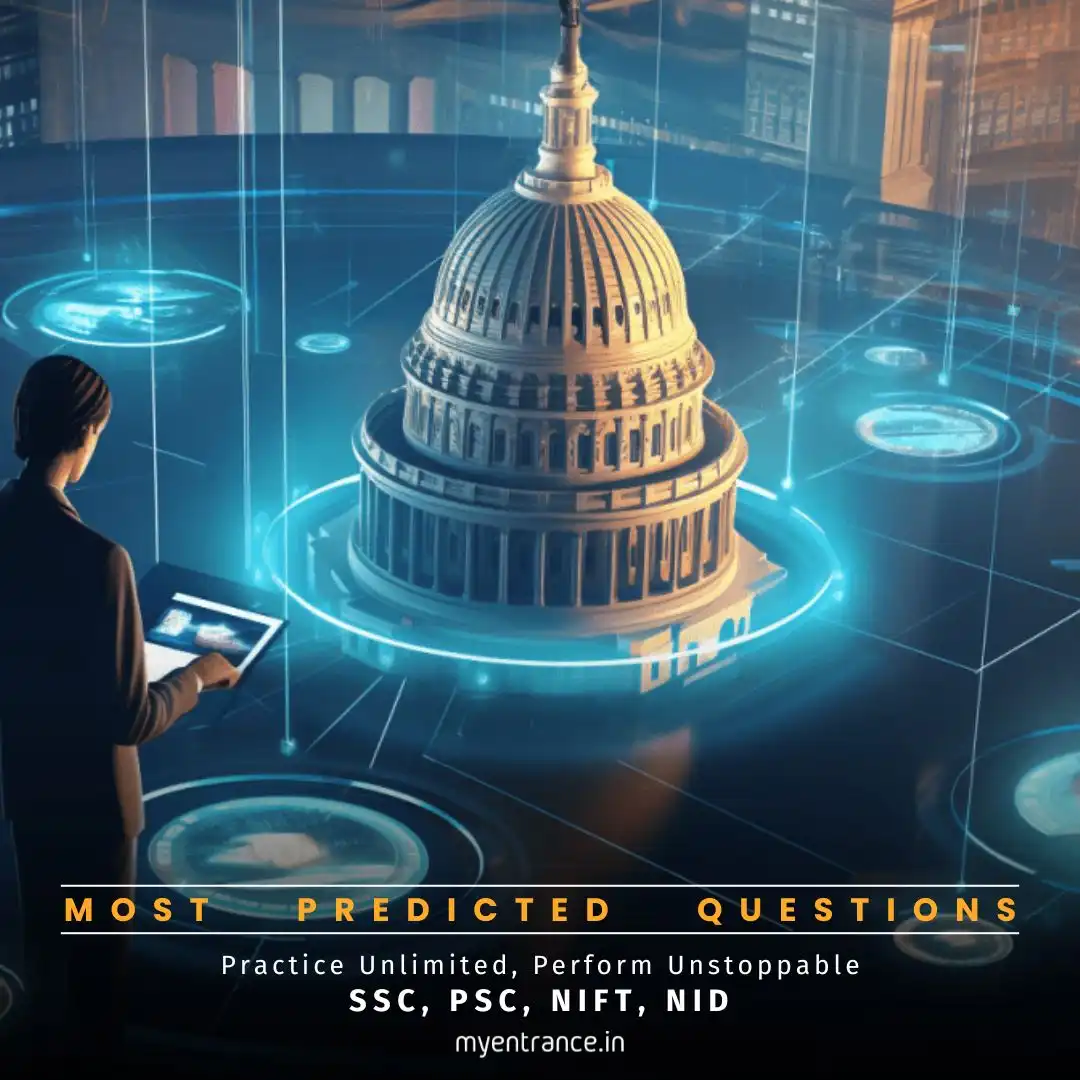Select Language
How Will the Vera C. Rubin Observatory Unlock the Secrets of Dark Matter?
The Vera C. Rubin Observatory, perched high in Chile’s Andes Mountains, is making headlines with its first test images. Armed with a massive 3,200-megapixel camera, this observatory will explore dark matter, track asteroids, and map the Milky Way like never before.
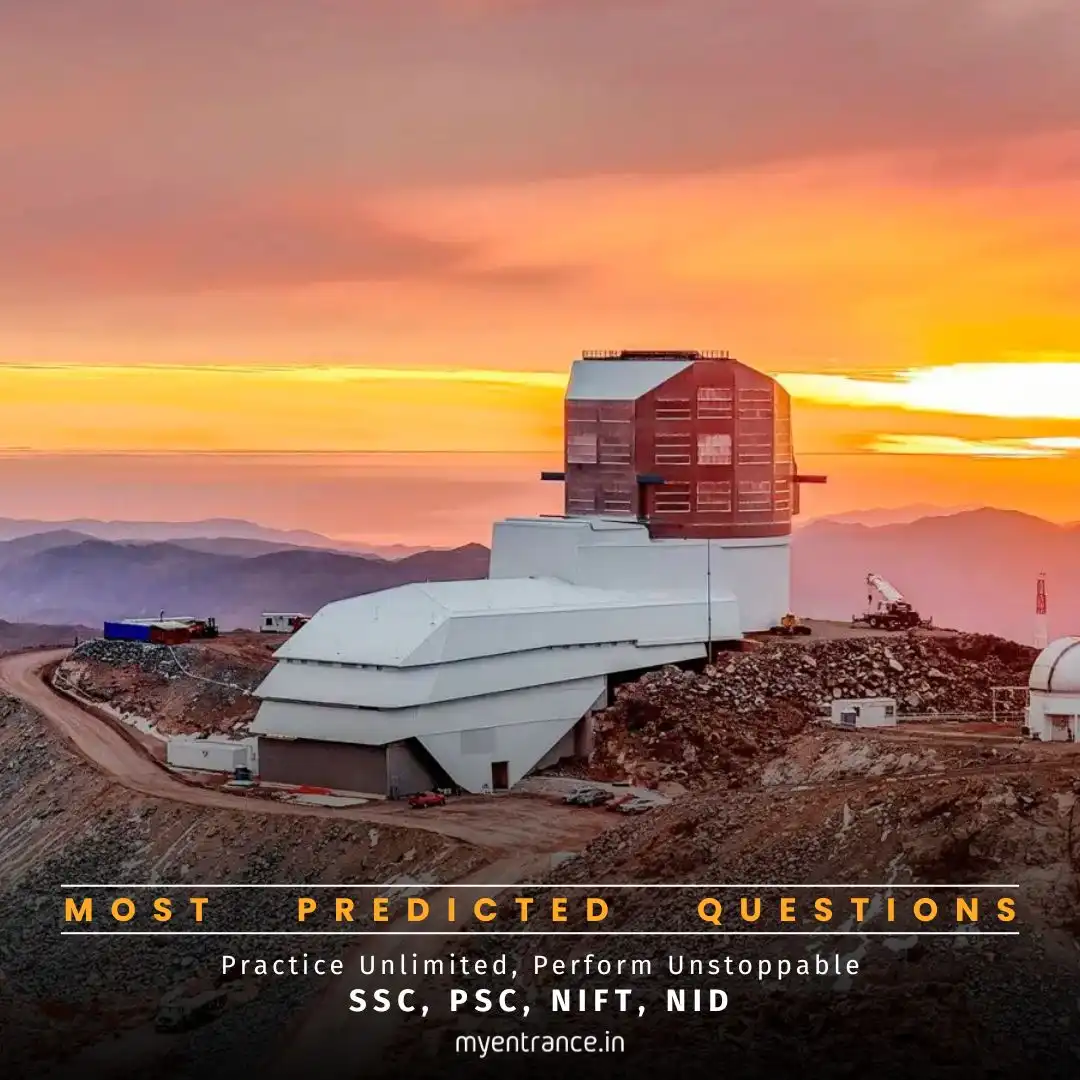
Key Highlights of the Vera C. Rubin Observatory
1. A Telescope Like No Other
The Simonyi Survey Telescope is the heart of the Rubin Observatory, standing out for three revolutionary features:
Widest Field of View Ever – Unlike Hubble or James Webb, which observe tiny patches of the sky, Rubin’s telescope captures an area equivalent to 40 full Moons side by side.
Largest Digital Camera in the World – Weighing 2,800 kg (as heavy as a small car), this 3,200-megapixel powerhouse can produce images so detailed they’d need 400 ultra-HD TVs to display fully.
Unmatched Speed & Precision – Moving large telescopes usually takes 10+ minutes, but Rubin’s advanced design ensures rapid adjustments without losing stability.
2. A Decade-Long Cosmic Survey
For 10 years, Rubin will scan the southern sky nightly, collecting 20 terabytes of data per night. Its AI-powered software will detect changes, generating 10 million alerts for new cosmic events—asteroids, supernovae, and more.
3. First Test Images Reveal Stunning Details
Nebulae in Unprecedented Clarity – The Trifid and Lagoon Nebulae were captured in vivid detail using 678 exposures.
Thousands of New Asteroids Discovered – A single test run identified 2,104 new asteroids, including 7 near-Earth objects (none threatening).
Galaxies & Solar System in One Frame – Rubin’s wide-field imaging can spot distant galaxies and nearby asteroids simultaneously.
Sample Questions & Answers for Competitive Exams
Q1. What makes the Vera C. Rubin Observatory unique?
Ans: It has the world’s largest digital camera (3,200 MP), the widest field of view (40 full Moons), and will conduct a 10-year sky survey to study dark matter and asteroids.
Q2. Where is the Rubin Observatory located?
Ans: Cerro Pachón, Chile, in the Andes Mountains.
Q3. How does Rubin compare to Hubble and James Webb telescopes?
Ans: Unlike Hubble and Webb (which focus on small, deep-space regions), Rubin scans the entire southern sky every 3-4 nights for broad cosmic changes.
Q4. What was discovered in Rubin’s first test images?
Ans: 2,104 new asteroids, detailed images of the Trifid and Lagoon Nebulae, and a mix of galaxies and solar system objects in one frame.
Q5. Why is Rubin important for studying dark energy?
Ans: By mapping billions of galaxies over a decade, it will help scientists understand dark energy’s role in the universe’s expansion.
Why is This Important for Exams?
UPSC/SSC/PSC: Covers Science & Technology (space missions, telescopes) and Current Affairs (major scientific projects).
NID/NIFT/FDDI: Tests general awareness of cutting-edge tech and innovations.
Competitive Exams: Questions on international collaborations, space research, and dark matter frequently appear.
The Rubin Observatory isn’t just a telescope—it’s a cosmic detective set to answer questions that have puzzled astronomers for decades. Stay tuned for more discoveries!
Get 3 Months Free Access for SSC, PSC, NIFT & NID
Boost your exam prep!
Use offer code WELCOME28 to get 3 months free subscription. Start preparing today!

